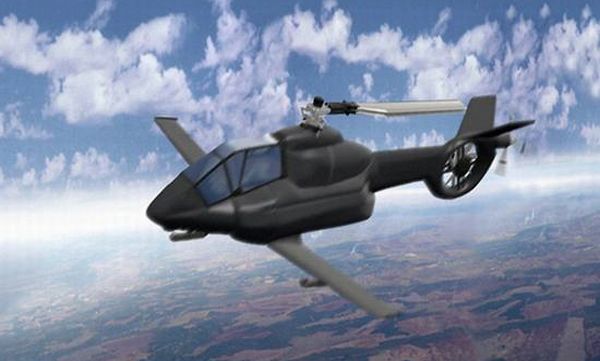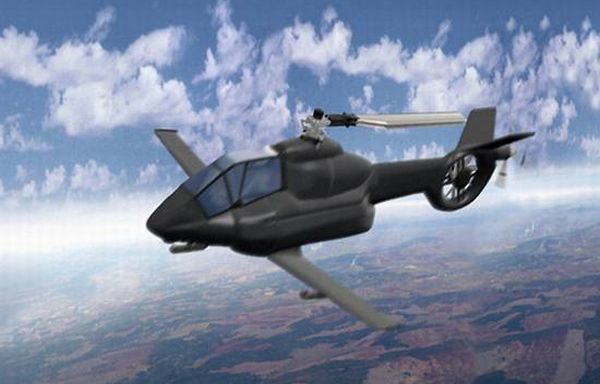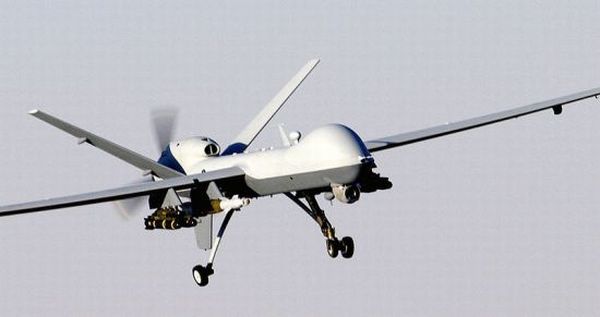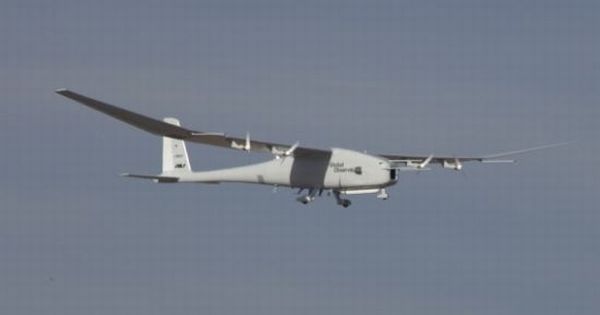
As we know it
With growing complexities, unmanned aerial vehicles (UAV) have become an integral part of present day military operations. This reduces the loss of human lives and helps in providing information about the otherwise difficult terrains. Those who have followed the updates on recent wars in Iraq and Afghanistan would be totally aware of this phenomenon. However, these vehicles use scarce aircraft fuels and contribute significantly to the total global carbon emissions.
Need for change
To reduce the high emissions, many organizations have started to develop zero-emission UAVs that can be powered by renewable sources like hydrogen fuel cells and sunlight, as you will read below. Apart from the environmental burden, military operations are also highly costly. With the use of renewable sources for powering UAVs, some of the cost involved would be also reduced.
Whatâs next?
1. Spanish Engineers working on World’s first Electric UAV

What is new?
Developed by Spain’s National Institute of Aerospace Technology, HADA is the first model of a hybrid airplane-helicopter. This hybrid aerial vehicle can fly both unmanned and manned. The design incorporates the flying characteristics of both an airplane and a helicopter. While it lands vertically like a helicopter, it also has wings and flies like an airplane.
What difference will it make?
As compared to conventional aircrafts, this hybrid model consumes only about 1/3rd fuel. This would significantly reduce aircraft emission. According to the project leader Manuel Mulero, HADA would also ensure high efficiency flights. It can capture and transmit images of inaccessible territories. It can also be used for transporting up to 150 kg of goods in war zones or in areas affected by natural disasters like flash floods or earth quakes. Besides, it would be extremely useful when used as a flying coast guard or for monitoring border security.
2. Korea Aerospace University and KIST plan solar-powered UAV

Whatâs new?
This solar powered UAV is being developed by the Korea Aerospace University (KAU) and the Korea Institute of Science and Technology. Both the institutions have collaborated to provide for a design technology of mid altitude UAV and solar power generation technology respectively. It would fly at an high altitude of about 20,000 feet for several months in a single flight. The first prototype of this UAV would be released next year.
What difference will it make?
This UAV would have zero-emissions as its motor operated propellers would be powered by the solar energy. For this, photovoltaic solar panels would fixed on the 40 m long wings.The photo voltaic panels would also store extra energy in a lithium-ion battery. This could be used when the intensity of sunlight is very low or in night. With the capacity of flying continuously for months, this UAV would be immensely useful as an aerial monitor. It could be equipped with high precision cameras and other monitoring devices for this purpose.
3. Bye Aerospace to develop solar-powered UAV for military use

Named as Silent Sentinel, this UAV has been designed primarily for aiding military operations in difficult terrains. It has been developed jointly by Bye Aerospace and Ascent Solar Technology. It is a hybrid model. While most of its operation would be powered by solar energy, primary propulsion would be provided by lithium-ion batteries. The manufacturers have also used an advanced Williams International FJ33 turbofan for primary propulsion.
What difference will it make?
The Silent Sentinel would be helpful in military operations. It would provide real time information about enemy locations. The zero-emission credentials would also reduce some of the environmental burden that is unavoidable during a military operation. The manufacturers have also said that a commercial version of this UAV would be developed later on.
4. AeroVironment successfully flies hydrogen-fueled Global Observer UAV

What’s new?
The Global Observer UAV is the first of its kind hydrogen fuel-based aircraft. The UAV has successfully completed its maiden flight. It uses an internal combustion engine powered by hydrogen fuel cells. The UAV has a wing span of 175 feet and it can fly at an high altitude of about 65,000 feet. It was designed primarily for military purposes.
What difference will it make?
As it has been named, this zero-emission UAV can perform the task of a global observer by placing it at a lower altitude. This wouldn’t require the high cost of a conventional satellite. At 65,000 feet, it can operate as an aerial observation platform and have the communication links in an area of about 600 miles diameter.




